Viken Arman: "My favourite synth is definitely the Yamaha CS-70M. The sound is unbeatable - it's the only synth I would keep forever"
The minimalist maestro on sampling, J Dilla and his debut album Alone Together
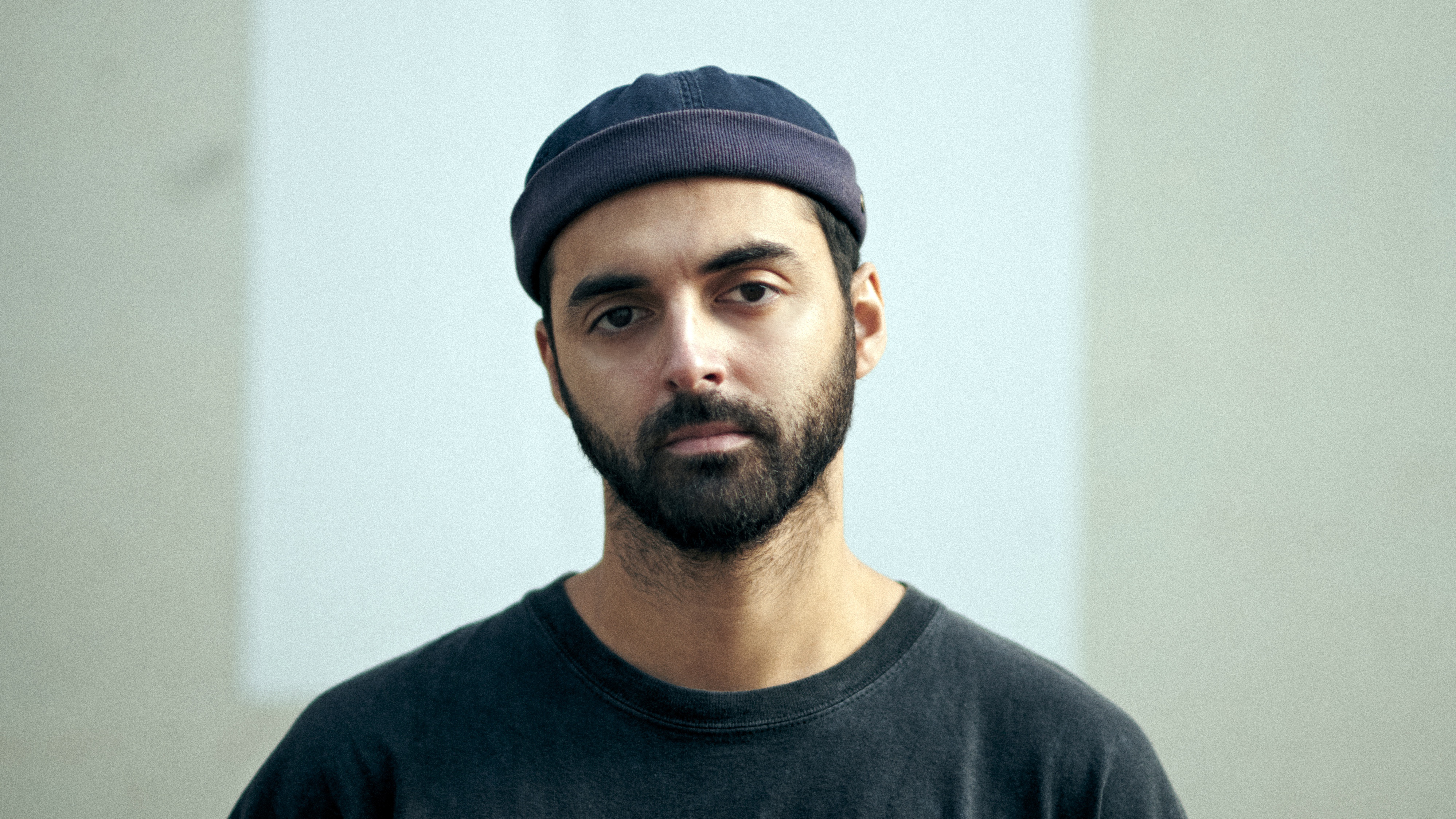
All the way from Steve Reich through to Ricardo Villalobos, minimalists have recognized the fundamental truth at the heart of the old cliché, ‘less is more’.
While the uninitiated might accuse minimal music of soullessness or vacuity, those acquainted with its charms know that the opposite is true; sparse arrangements serve to heighten the listener’s focus, revealing new levels of detail while amplifying the latent emotion in their constituent parts.
This is something Viken Arman accomplishes masterfully on his debut album, Alone Together. Arman’s been around the block a few times, releasing five EPs over the last decade while carving out a reputation as an acclaimed international DJ and live performer, and that confidence can be heard in the nine tracks that make up his first full-length project, the French producer’s boldest artistic statement yet.
Where Arman’s early releases perfected a menacingly funky take on minimal house, his latest project expands this purview, channeling inspiration sparked by ecstatic moments on the dancefloor through weighty grooves that borrow from jazz, hip-hop and world music to drape Arman’s skeletal beats in vivid new colours.
We caught up with Viken to hear more about his unique approach to music-making, his beloved compressor chain and the classic analogue synth he describes as a “masterpiece”.
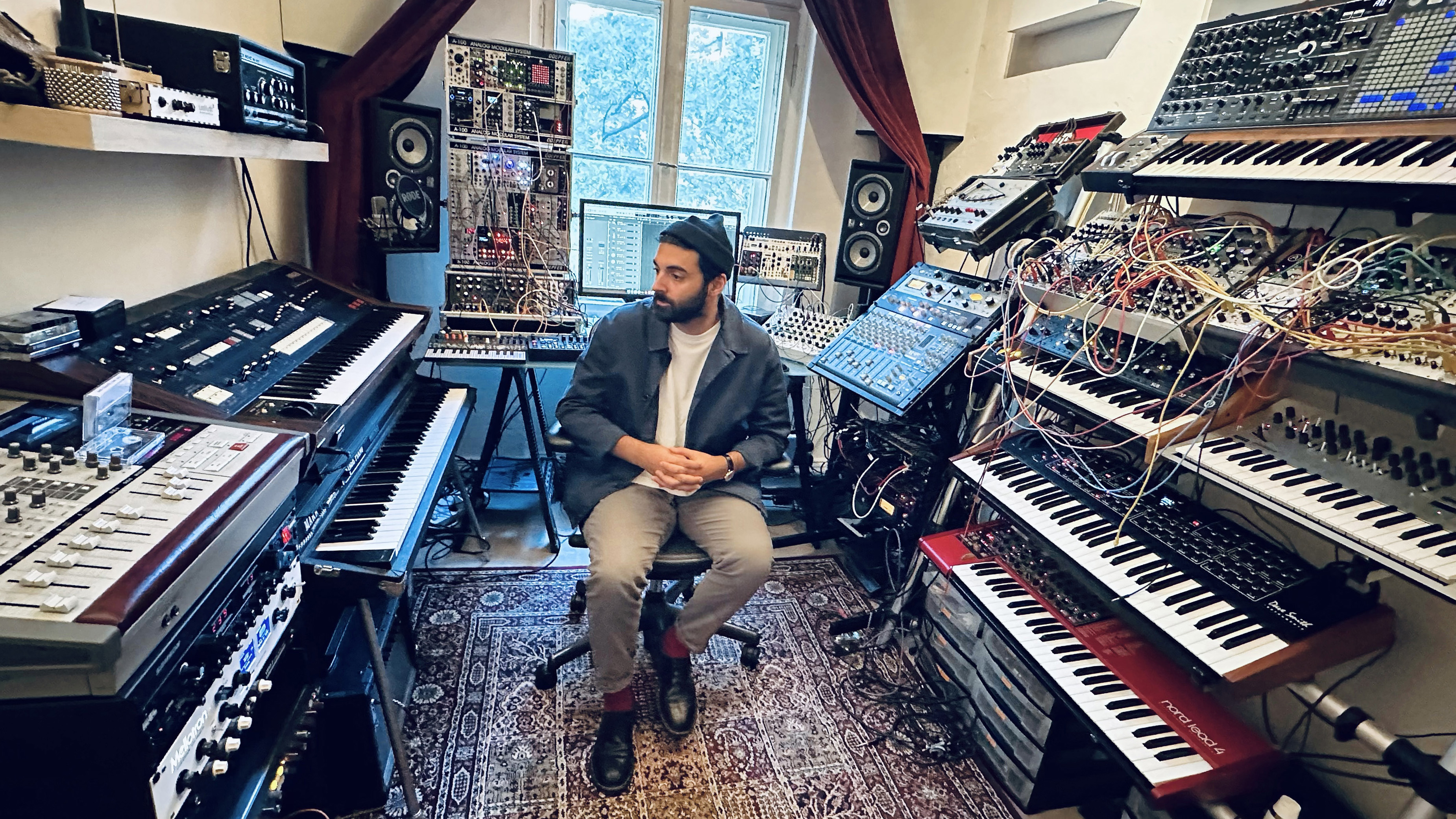
When did you start making music, and how did you first get started?
“I began playing music with the piano. I entered the conservatory when I was 5 years old. I studied classical music and later jazz. At the age of 12, I created my first hip-hop beat. My dad was a graphic designer so I was familiar with Photoshop and computers at a very early age. There was Pro Tools and GarageBand on the computer so when I opened the software I quickly understood the concept of audio collage. I started sampling my dad's record collection - the beginning of an endless journey, as I was finally making a kind of music that truly belonged to me.”
Get the MusicRadar Newsletter
Want all the hottest music and gear news, reviews, deals, features and more, direct to your inbox? Sign up here.
Tell us about your current studio/set-up.
“My workflow is divided between my home and my personal studio at Renate in Berlin. At home, I have most of the acoustic instruments like my Petrof upright piano and some unusual ethnic instruments. All the mics are already set up so whenever I want to record something I just have to press a button and all the room is recorded. My favourite microphones for the piano are a pair of Neumann KM56s and a Melodium 42Bn for the room. When my good friend Martin Gretschmann (Acid Pauli) gave me this mic, it changed the way I play completely!
“My personal studio is a very intimate space, and my setup is a bit complex with a lot of analogue processing - that’s why I can't share it with someone else. I love this room because everything is plugged in and accessible the way I want it. I don't have to plug or unplug anything. Every single element is routed and summed into my SSL Logic XL board.
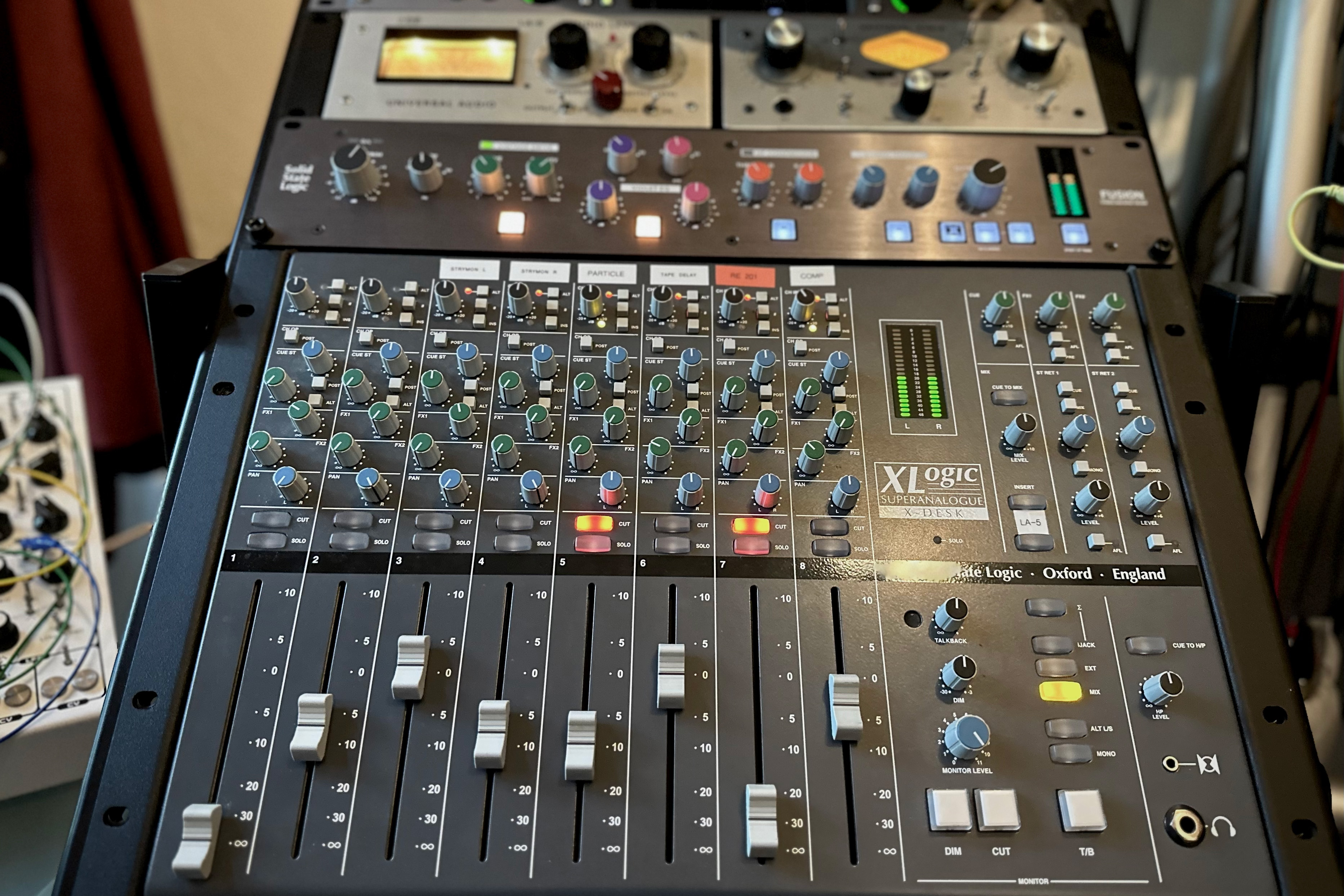
“I use a lot of modular synthesis. I have become a bit addicted to be fair… it’s such a creative approach. New and unpredictable. I also have a special love for my Fender Rhodes. Timeless sound, especially coupled with the Fender Super Twin Reverb amp. What I love the most is my chain of compressors: UREI LA-5, SSL Fusion, IMC by Martin Stimming, Neve 8801, RNC 1773. I play a lot with drive and parallel compression. I obviously mainly use hardware. I only have a few plugins like FabFilter for EQs and some Waves, for example.”
What DAW (or DAWs) do you use, and why did you choose it?
“I've been using Logic and Pro Tools for many years, but recently I started using Ableton and it's incredibly intuitive. It's so fast to achieve an idea. So now, I usually start a project on Ableton and then do the mix on Logic or Pro Tools. It sounds better to me and feels more natural and less mechanical than Ableton.”
What one piece of gear in your studio could you not do without, and why?
“It's very hard to say. My favourite synth is definitely my Yamaha CS-70M. Masterpiece. The sound is unbeatable. I use it for everything. This is the only synth I would keep forever.
“I would also probably choose my old compressor, the UREI/Universal Audio LA-5, which is a rare limiter originally designed for live performances to protect speakers from overload. But in the end, it works incredibly well for electronic music. I mainly use it for my bass and kick. I customized this guy by adding a ratio knob. It has shaped my sound over the years, adding some warm character to it. I use it on all my productions.”
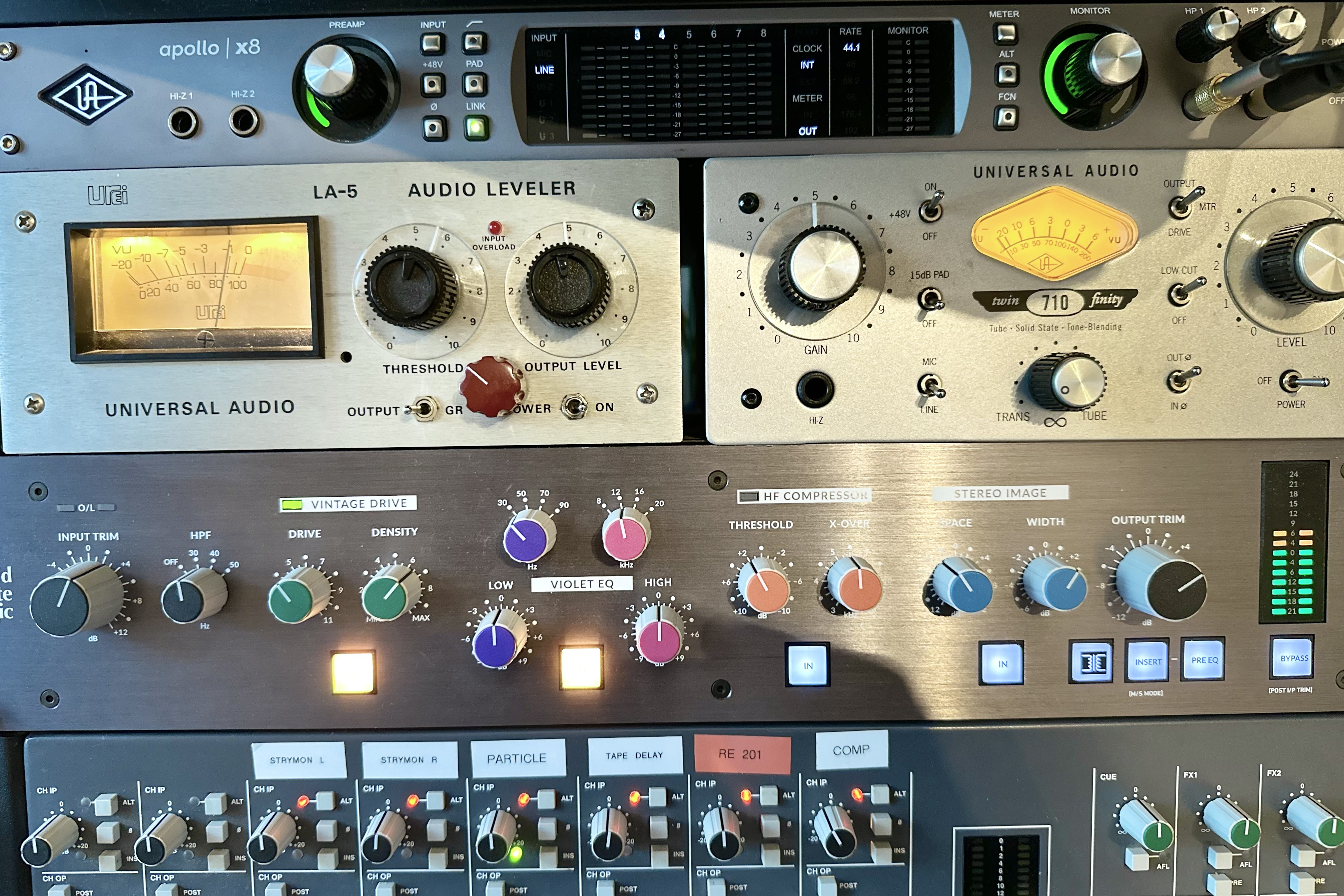
What's the latest addition to your studio?
“The Pulsar-23 from SOMA is a beast. They've really created a very special piece of gear. The sound and the way to play with it are so unique. It's unlike anything else. It's been a while since I've come across something so powerful. For bass, kick, hats, clap, FX… everything sounds incredible! And the architecture is so unusual. It takes quite some time to understand it, but that's probably why I love it so much.”
What dream bit of gear would you love to have in your studio?
“I dream of getting a Zähl AM1 Mixing Console at some point. My friends Acid Pauli and Ricardo Villalobos have one and the sound is absolutely mind-blowing. Heaven.”
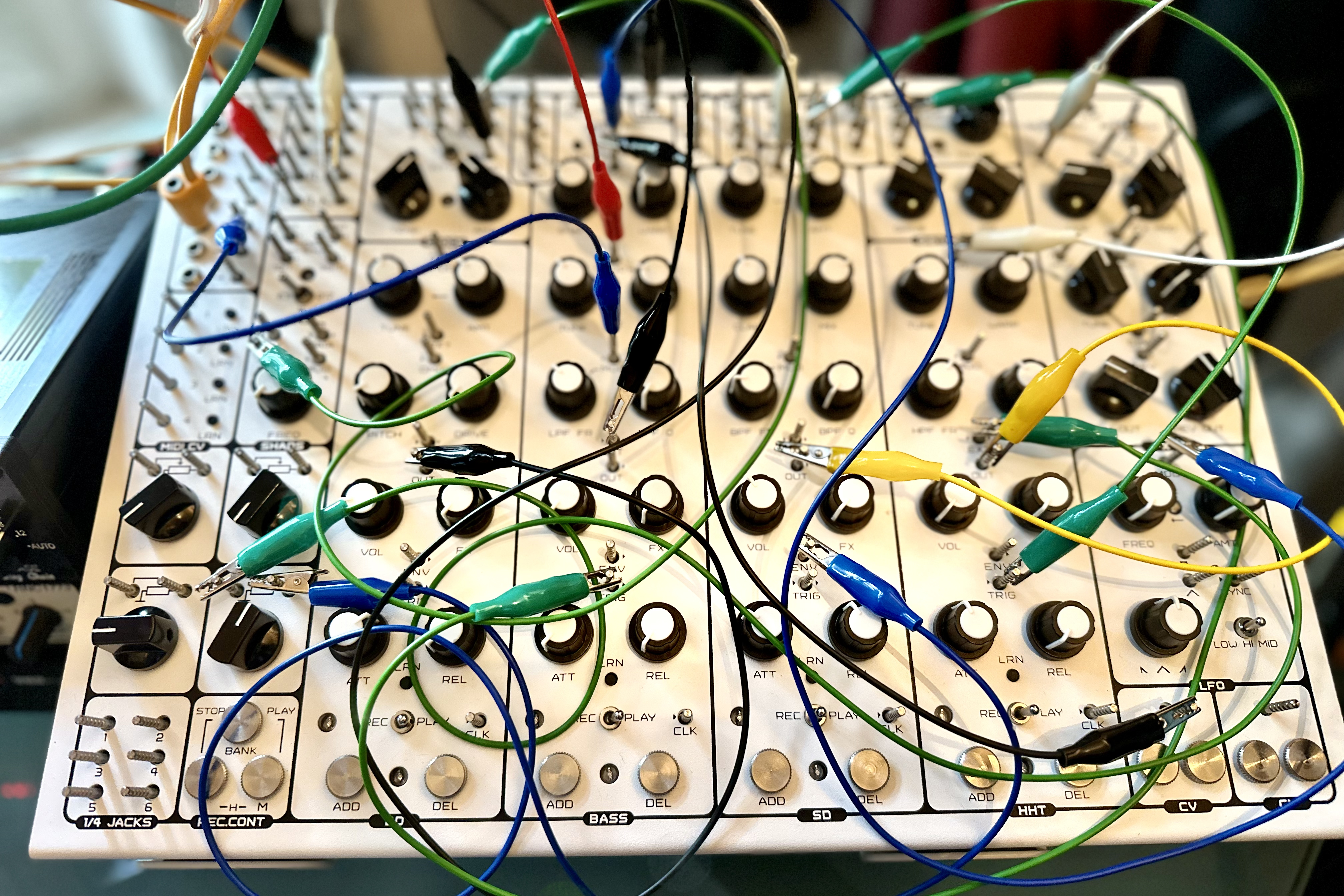
When approaching a new track or project, where do you start?
“It depends on the type of music, of course. I have so many different side projects: jazz, ambient, techno, hip-hop, electronica, film music... I usually start on the piano, or any instrument that doesn’t require electricity, to find the melody and rhythm. Then I take it to the studio and recompose everything from there. I love starting from something non-electronic. When a melody or a groove pattern works without any digital make-up, it's usually a winner.
“Then I go to the studio. I bring some materials from home, I send them in my modular system and I jam for hours. All the machines are running and recorded so at the end of the session I just have to cut and select the part I like, which is usually the most difficult task.”
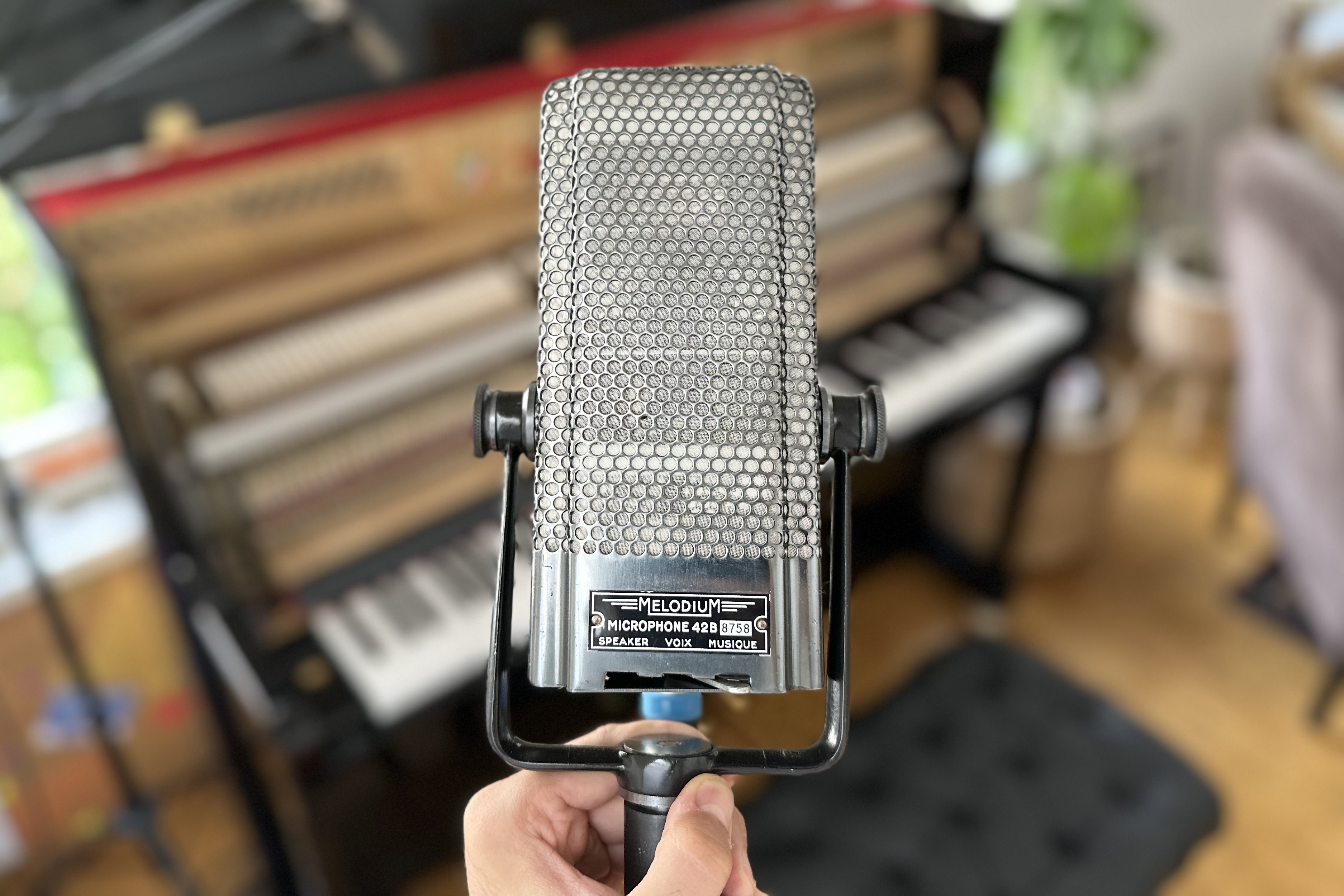
Tell us about your approach to sampling. What are some of your favourite ways to process and manipulate samples?
“It’s been pretty much the same for almost 20 years… I sample records with my Akai MPC 2000XL and then process the final loops in different machines. I've recently become quite obsessed with tapes and tape delay. I run everything into my Akai MG 614 cassette recorder - the preamps and EQ are mad - and record samples on tape cassette loops. I always end up with surprising textures.
“Then I send them to my Roland Space Echo RE 201 and WEM Watkins Copicat. I even have a modular tape recorder that can create grooves from CV gates. The SOMA Cosmos is also beautiful for creating ambient stuff from samples.”
If you had to pick one song/album that’s been most influential on your work, what would it be?
“Such a difficult question. There are so many… I could have said any album from J Dilla, but Donuts was revolutionary as it was the first instrumental album I listened to. This album was released three days before his death. I remember it so well… as a young beatmaker, I was obsessed with the way he was grooving the samples. So much musicality. So much freedom. I still learn from it today. And I will continue to do so. J Dilla changed my life.”
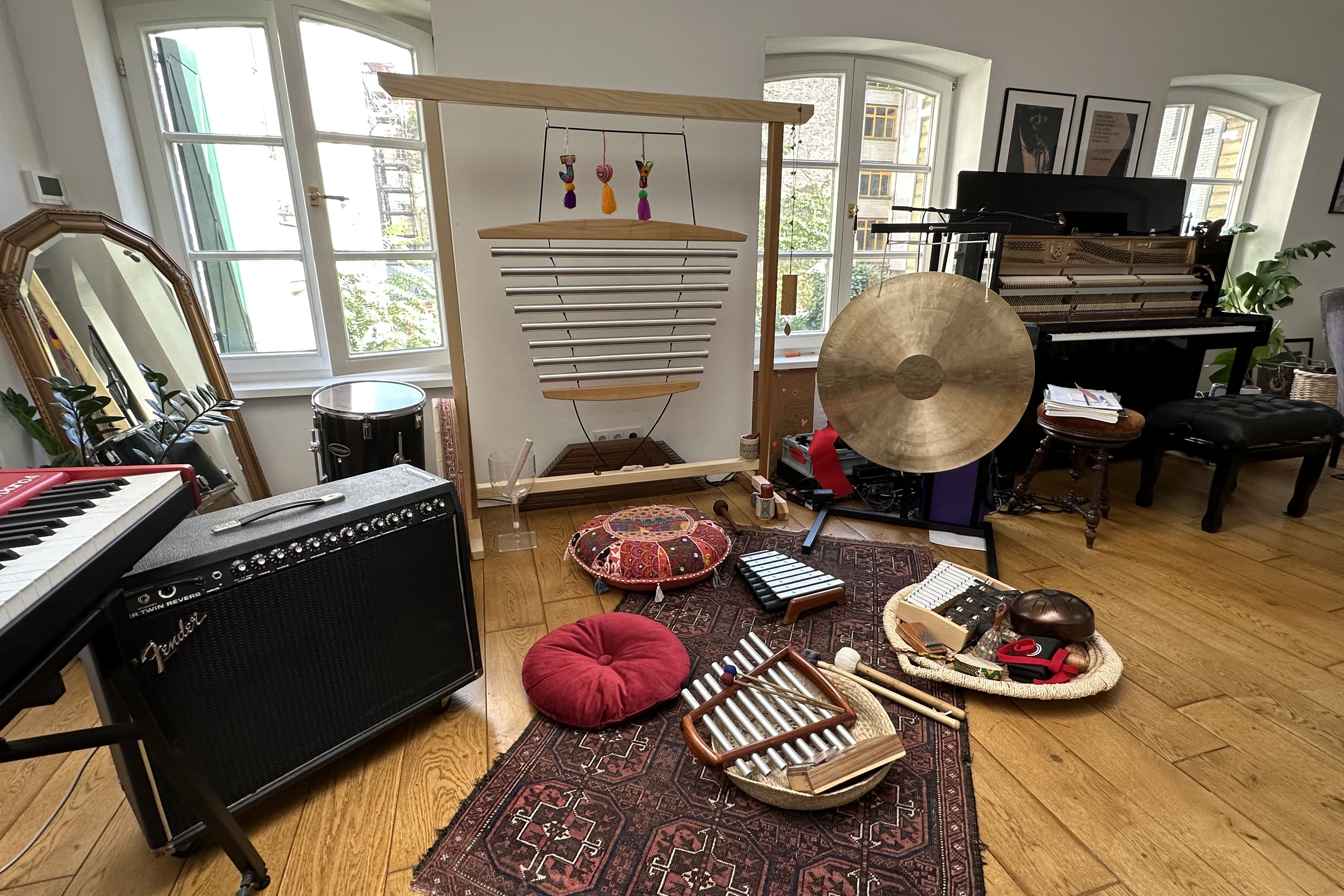
What are you currently working on?
“I’m involved in a lot of different projects at the moment, mostly collaborations. I'm working extensively with Acid Pauli on a modular jazz album and many other things. I'm about to release my first EP with my project VIZAR, together with my friend Cesar Merveille. Through this project, I'm reconnecting with my minimal house roots. It's incredibly refreshing to go back to that sound. We played our first 4H Live at Club Der Visionaere last June, which turned out to be one of the wildest sets of my life!
“Sharing music with your friends is amazing because there is no fear. Only fun! I'm also composing music for documentaries and commercials. And finally, I'm starting to work on my new album, which might embrace a more acoustic approach, potentially with an orchestra. I already have over 100 drafts for this album but I don't want to rush it, so let’s see where that goes... one step at a time. For now, it's time to dance together!”
Viken Arman’s Alone Together is out now on Denature Records.

I'm MusicRadar's Tech Editor, working across everything from product news and gear-focused features to artist interviews and tech tutorials. I love electronic music and I'm perpetually fascinated by the tools we use to make it. When I'm not behind my laptop keyboard, you'll probably find me behind a MIDI keyboard, carefully crafting the beginnings of another project that I'll ultimately abandon to the creative graveyard that is my overstuffed hard drive.









